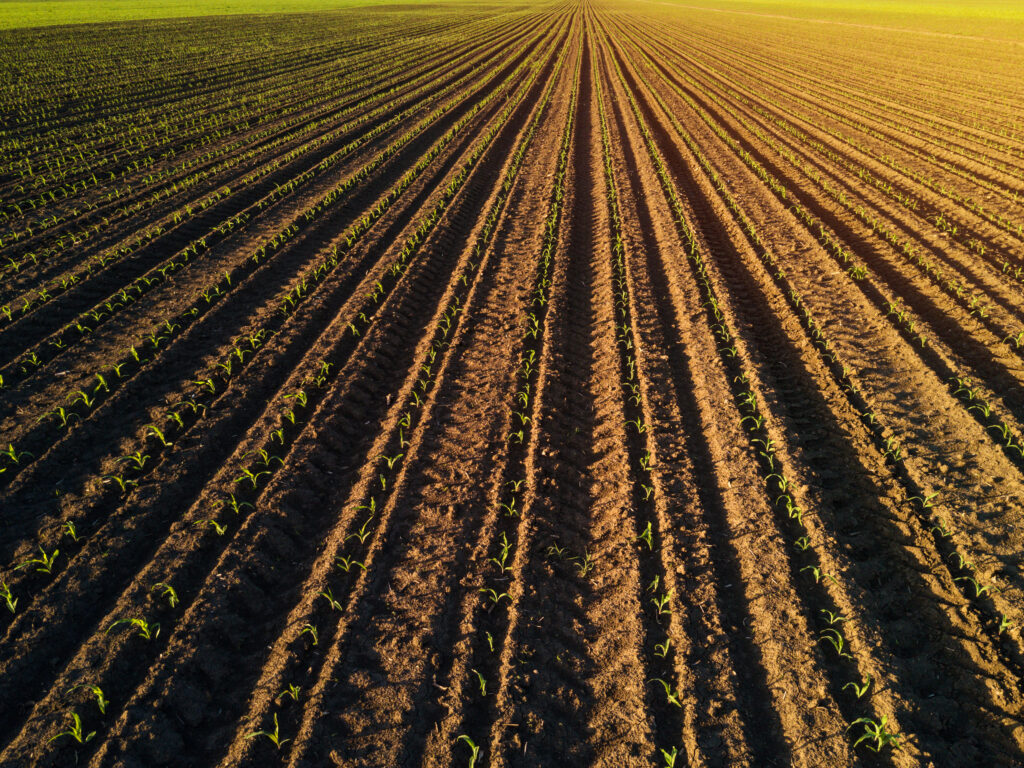In the ever-evolving landscape of agriculture, a traditional practice is making a compelling resurgence as an attractive alternative to monoculture. Intercropping, the ancient technique of cultivating two or more crops together, plays a crucial role in the mission for sustainable and regenerative farming. Our EU-funded LEGUMINOSE project is committed to unlocking the potential of intercropping and revolutionising the way European farmers approach cultivation.
A recent article by the Community Research and Development Information Service (CORDIS) featured our project, highlighting our mission and preliminary results. CORDIS is the European Commission’s primary source of results from projects funded by EU.
Key points of the article:
- Our mission is to increase awareness and acceptance among European farmers for legume-cereal intercropping and establish it as a viable alternative to monoculture.
- Benefits of legume-cereal intercropping include nutrient transfer between crops, reducing the need for synthetic fertilisers, fewer weeds, pests, diseases, and improved resilience to extreme climatic conditions.
- In addition to seven research fields, we are actively involving stakeholders through setting up 180 living labs in eight European countries, Egypt, and Pakistan. There, farmers experiment with intercropping techniques and gain first-hand experience on their own farms.
- Preliminary results show promising outcomes, such as a reduction in weeds and plant diseases.
- We will use the data collected to develop AI-driven forecasting models. These will help farmers choose suitable crop combinations based on soil type and climate.
